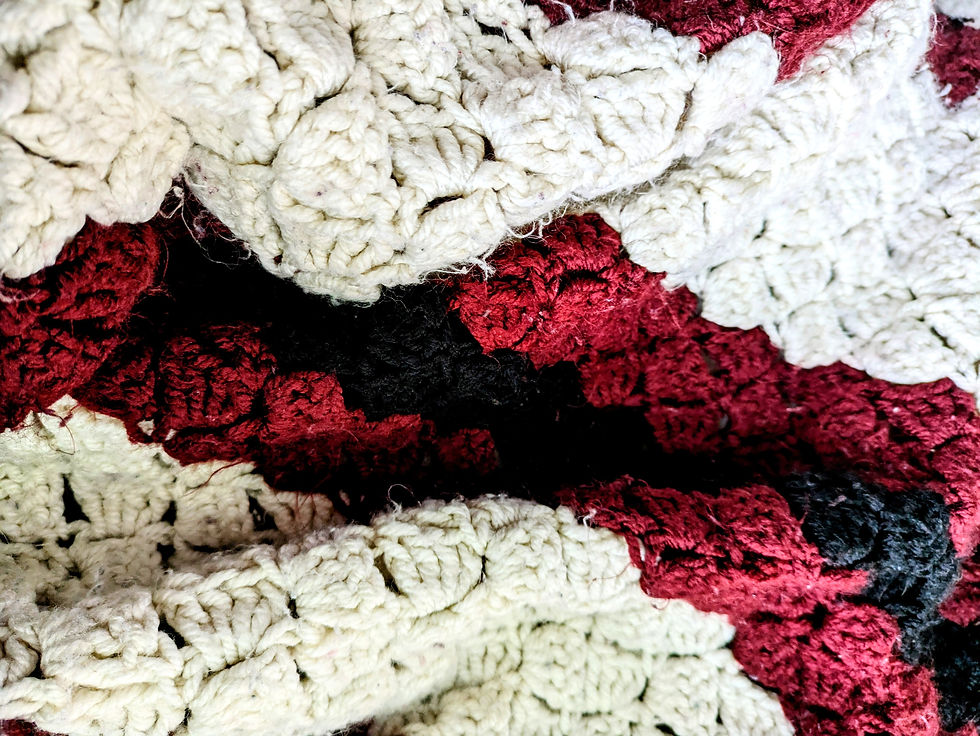Texture
- amymbrogna
- Jun 28, 2023
- 2 min read
This photo challenge will focus on showing texture. I want to be able to be able to "feel" your object without having to touch it.

To achieve a photo that highlights texture, there are a few components we need to examine - light/exposure, contrast, sharpness/clarity, highlights, and shadows. Photo editing will help take textural images to a new level, but that's next week's lesson! I thought about swapping the next lesson and this one, but I had already taken my photos for texture, so here we go...
The point of texture in photography is to take a 2-dimensional photograph and give it a 3-dimensional feeling. To do this, we start with light. We want to avoid super harsh, bright light, but also avoid low light as well. Something in the middle is ideal, especially natural light. For example, indoors, you can use the light coming from a window, but diffuse that light using a sheer curtain (preferably white). Outdoors, avoid prime daylight hours and, instead, use early morning or late evening light (1-3 hours after sunrise or 1-3 hours before sunset). Shade can help too.

Three of the remaining pieces tie together - contrast, highlights, and shadows. What is contrast? The difference between light and dark in your image. The more of a mixture you have, the more contrast-y your image is. The closer together the light and dark are, the less contrast-y your images are. For texture, we need to up the contrast a bit. Look for textures that have a mixture of lights and darks in the image.
How can we do that? Utilize shadows and highlights.
Shadows are the dark parts of an image that are hidden from our light source and highlights are the bright parts of our image the light touches. With texture, there will always be shadows and highlights because there will always be areas that are not being hit with the light and areas that are directly hit with the light. Move your object around until the light hits it "just right" to produce the shadows and highlights that you are looking for.

The last piece is the most challenging, particularly with cell phones. Generally, when taking a textural photo, you want as much of the image to be in focus (sharp/clear) as possible, or, as much of the area that shows texture to be in focus as possible. The typical 1.something f-stop on a cell phone doesn't provide a depth of field deep enough to ensure that the entire image will be in focus. Usually, a textural photo is taken close-up which further decreases the likelihood of the entire image being in focus. To combat this, we can use a little bit of zoom. With cell phones zoom is often controlled with artificial intelligence, meaning, your phone takes a less-than-ideal image and enhances it on its own. The more you zoom in, the harder time your phone will have to recuperate the image. So, zoom in a little, but not too much.

Comments